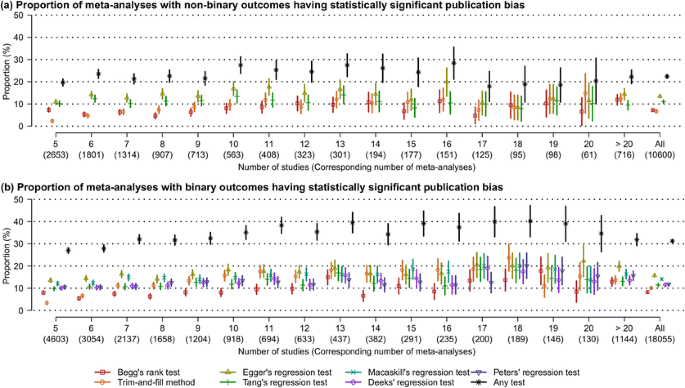

You can choose the fixed effect model weights or random effect model weights. Marker size relative to study weight: option to have the size of the markers that represent the effects of the studies vary in size according to the weights assigned to the different studies.Data are entered as natural logarithms: select this option if the data are entered as natural logarithms, for example as a log Hazard ratio and the standard error of the log Hazard ratio.Standard error: a variable containing the Standard error of the estimate reported in the different studies.įilter: a filter to include only a selected subgroup of studies in the meta-analysis.Estimate: a variable containing the estimate of interest reported in the different studies.Studies: a variable containing an identification of the different studies. The data of different studies can be entered as follows in the spreadsheet: This choice of weight minimizes the imprecision (uncertainty) of the pooled effect estimate.

Thus larger studies are given more weight than smaller studies, which have larger standard errors. one over the square of its standard error). In the inverse variance method the weight given to each study is the inverse of the variance of the effect estimate (i.e.

For ratio measures of intervention effect, the data should be entered as natural logarithms (for example as a log Hazard ratio and the standard error of the log Hazard ratio). In this procedure estimates and their standard errors are entered directly into MedCalc. If none of the above procedures is applicable or suitable, you can use the "generic inverse variance method" procedure. It is advised to use one of the following specific meta-analysis procedures for continuous and dichotomous outcome data: Meta-analysis: generic inverse variance method Command:Ī meta-analysis integrates the quantitative findings from separate but similar studies and provides a numerical estimate of the overall effect of interest (Petrie et al., 2003).


 0 kommentar(er)
0 kommentar(er)
